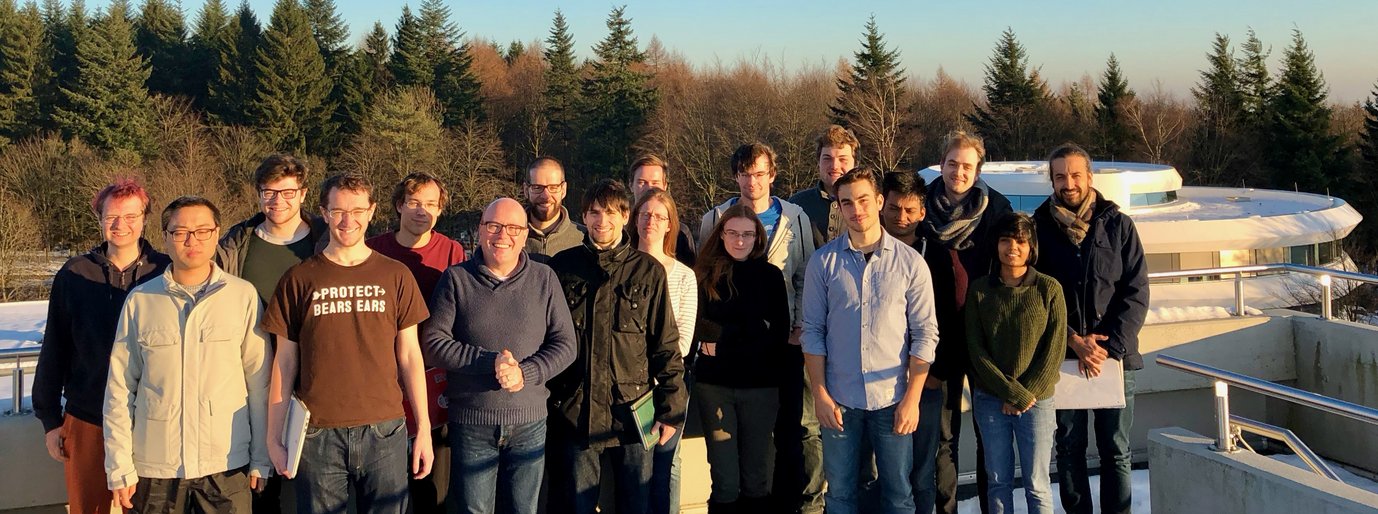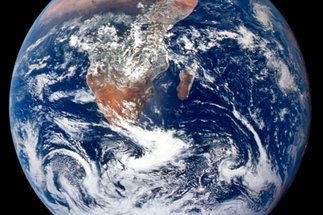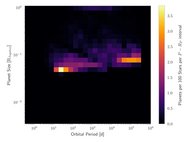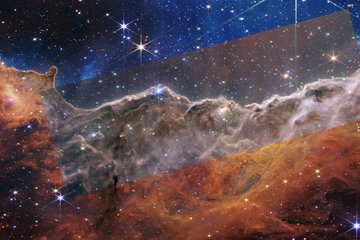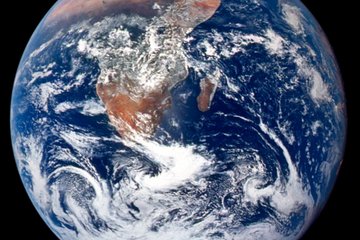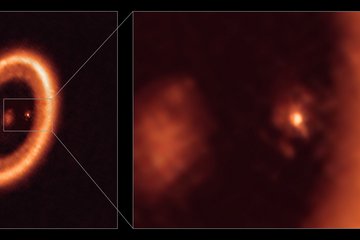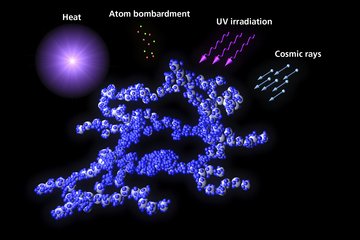
Welcome to the Theory Group of the Planet and Star Formation Department!
To date, Earth is the only place we know to harbour life in the universe. But continuously we detect new worlds - planets orbiting other stars than the sun.
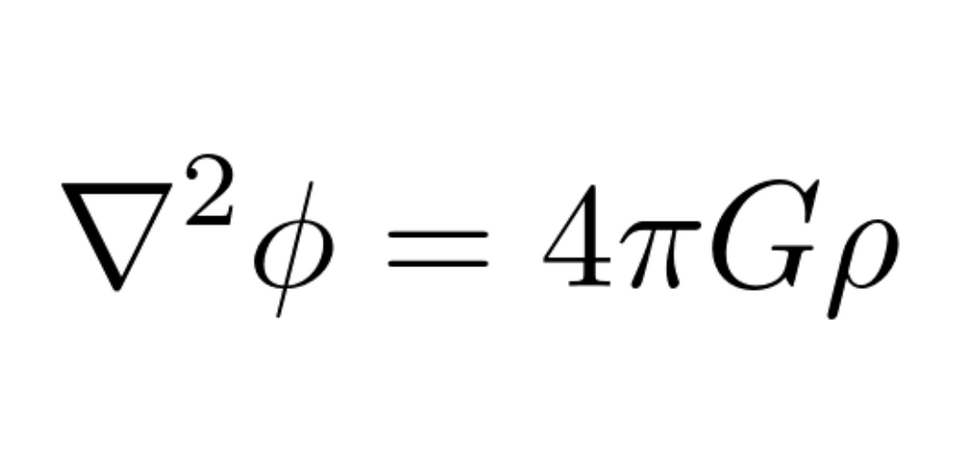
- Planet formation is ultimately linked to star formation. Does that mean that every star has planetary companions?
- How do these planetary systems form? How special was the formation of the Solar System?
- If we better understand what made our planet Earth habitable, how frequent might life then be in the universe?
These are the questions we try to answer in our group in a quantifiable way. We do this by putting our planet formation models to the test against observations of disks around young stars and the diverse population of detected exoplanets. We also make use of the record of planet formation in our own planetary system, from planets and moons down to comets, asteroids, and Kuiper Belt objects.
Our working tools are pencil and paper as much as some of the fastest and largest supercomputers on this planet. On these systems we apply a range of two and three dimensional Magneto-Radiation Hydrodynamical models with selfgravity and N-body treatment of embedded objects to study star and planet formation in the greatest detail possible. Results are incorporated in "Planet Prediction" models that can produce and explain the diversity of exoplanets in the universe.
Our reserach receives significant funding from the German Science Foundation (DFG) through several fruitful collaborations with University colleagues.
